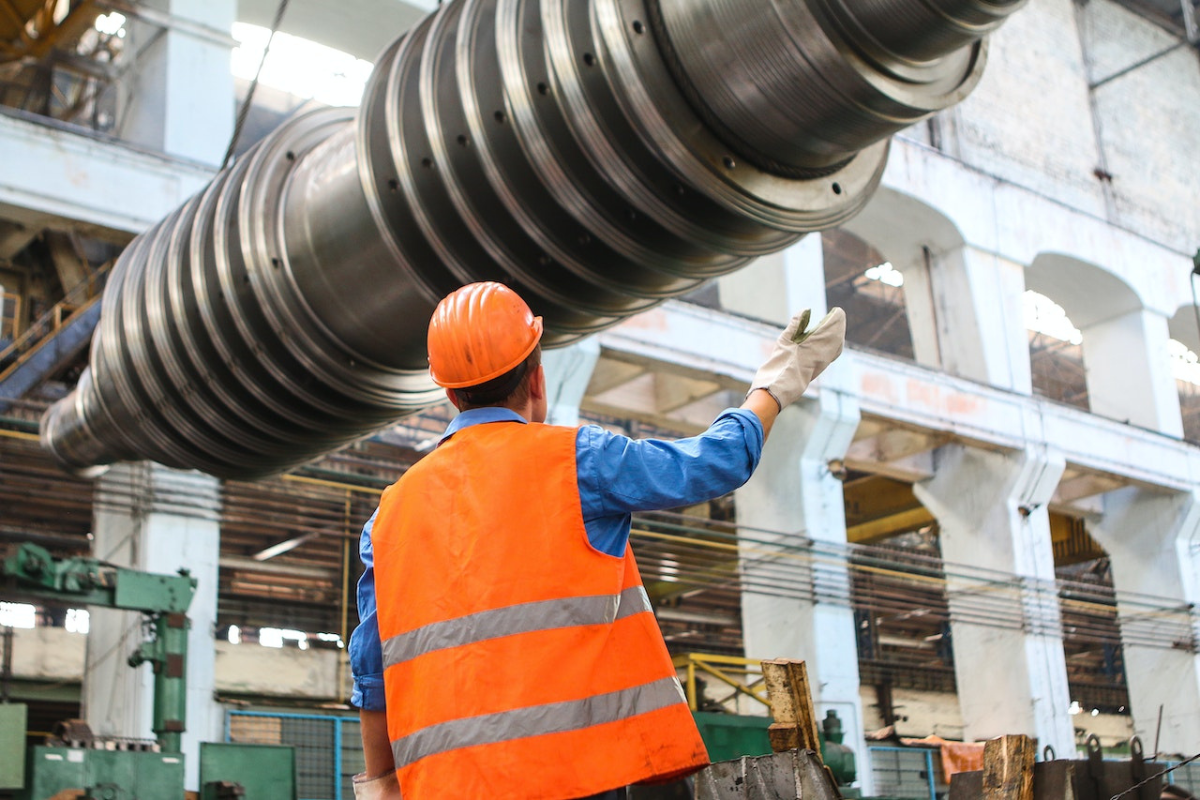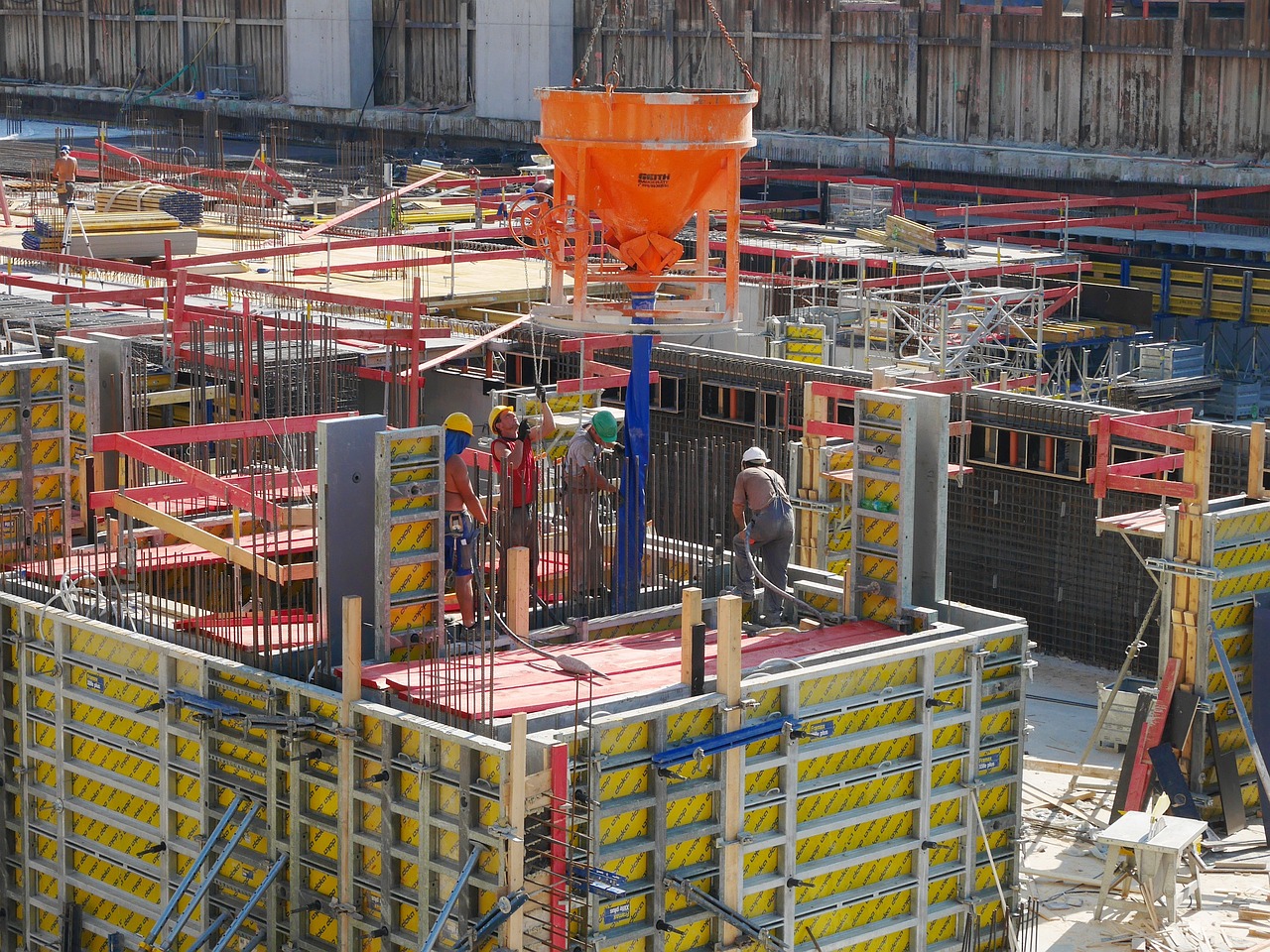The construction sector has the highest rate of worker fatalities and injuries worldwide. That’s why it’s critical that you foster a culture of safety in your construction company. However, a culture of safety cannot be developed overnight. As a result, it shouldn’t come as a surprise that the thought of safety is always present in people’s minds.
This is one of the reasons that businesses are abandoning traditional paper-based safety procedures in favor of digital platforms. The construction industry is not immune to the widespread changes brought about by the adoption of cloud-based mobile applications and other platforms in recent years.
Another reason for the shift from conventional methods to digital ones hinges primarily on safety concerns. By documenting and streamlining each step of a project, construction management software ensures that everyone involved in the project is always in the know at all times.
Also, good digital software can help companies save thousands of dollars with predicted safety AI models, virtual reality tools to prevent on-site interventions, as well as analytics that provide better, much safer solutions in key construction processes
Why is it important to have digitally-enabled safety procedures? We’ll explore:
While many professionals in the trades follow a codified process to ensure worker safety, specialty contractors can get the most out of their safety programme by ensuring correct process execution and fostering a culture that promotes safety.
We can keep better tabs on these crucial actions, as well as speed up construction significantly, by standardizing paperwork in the field, such as job hazard evaluations, equipment inspections, and restricted space licenses. Because of this, construction crews will have more time to get their work done, and safety experts can keep an eye on everything as they go.
Implementing a digital safety programme can achieve several goals, including but not limited to the following.
- Assist in the identification of early warning indicators of potential safety issues by providing a central site for field and office workers to plan, implement, and report on security occurrences.
- Make it possible for your teams to review past mishaps and use the lessons learned to prevent such occurrences in the future.
- Create digitized safety drills that can be reviewed by workers on their personal devices, making it simpler to reach out to a large number in a short span of time.
Here are a few other ways that quality and safety can be improved in construction:
Digitally Enhanced Training
Recent studies have found that risky working conditions account for nearly all workplace accidents. Inadequate safety training, on-site workers, and lack of awareness regarding safety measures are typically to blame for these occurrences.
Despite the availability of safety protocols and comprehensive safety training, it is not always possible to guarantee that all workers have been briefed adequately and correctly on the required safety processes.
Leaders in the construction industry can facilitate the dissemination of this information to all workers by generating digital material.
Use of a variety of wearable technologies for added safety
To put it briefly, a wearable is any piece of equipment that the user must carry on their person in order to make use of its enhanced safety features. It may be as simple as a smartwatch that monitors vital signs in real-time, or as advanced as a smart vest that deploys airbags to protect the wearer in the event of an accident. The past decade has seen a worldwide expansion of wearable technology. Wearable technology aids in:
- Eliminates potential dangers by alerting remote workers to new information
- Invest in high-quality clothing to reduce the risk of injury while carrying large objects.
- Use sensors to detect poisonous gasses like carbon monoxide.
- Enhance employee education by using AR/VR gadgets
- In tandem with other developments in technology, wearable gadgets are getting smaller, cheaper, and less cumbersome.
Acknowledge vulnerabilities in safety with intuitive Data Analysis
Contractors can gain a substantial competitive advantage because of AI / machine learning’s ability to swiftly turn acquired data into accurate forecasts and provide results that are indicative of efficiency and productivity on site. Construction technology is able to identify buildings according to their location, size, and shape, and help in categorising, resolution tracking and reporting any mistakes found on the site.
Protecting employees and increasing output with on-site sensors, smart apps, and automated machinery. Other forms of smart technology can transmit digital photographs that can be matched with 3D models, BIM, etc., to spot and fix potential problems before they become issues.
Using drones and robotics for safety use:
Another significant technological intervention in the construction space is the introduction or rather proliferation of drones and robotics. These machines can access hard-to-reach areas and inspect potentially hazardous sites without risking any adverse happening.
Mining/oil rigs are places of high-risk and have been known to cause deaths/injuries due to negligence arising from poor monitoring and safety measures. Drones and robots can identify crucial, accident-prone areas which need surveillance, repair, and reconstruction and effectively solve these problems without compromising human lives.
Drone technology is currently being widely implemented on many building projects. These unmanned aerial vehicles (UAVs) may soar to vast heights without the assistance of a pilot, allowing for a better view into tight spaces, scanning the quality of work on many stories, and gaining insight into the effects of varying site circumstances.
To conclude:
To summarize, construction technology helps in not only increasing profitability and production, but it also makes the work environment safer for everyone involved. This is why construction companies worldwide are beginning to understand its true potential and have already started implementing the same within their systems.
With time, technology can help eliminate accidental deaths and construction anomalies when used correctly. The future is exciting and if you’re a construction company, this is the perfect time to invest in technology for safer processes.




